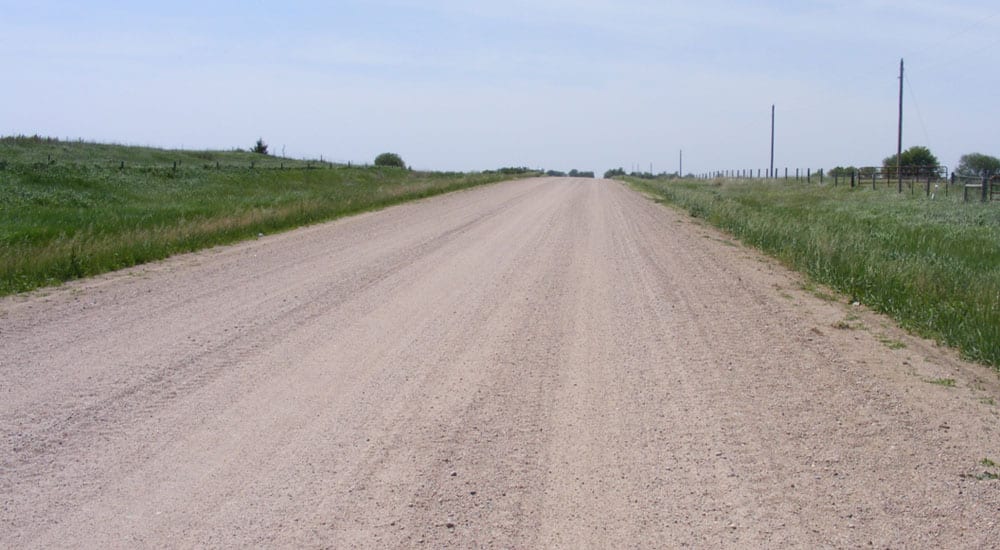
These often include links to isolated communities, rural freight corridors and emergency tracks. Given the generally low traffic nature of these roads, the successful practise of unsealed road building and design is focused around managing environmental conditions to satisfy safety requirements and limit routine expenditure, Global Road Technology products offer many advantages to unsealed road design.
Whilst all unsealed road applications are considered to be similar in nature, the structural requirements vary, based upon the functional road category and importance. Austroads Guide to Pavement Technology outlines a 5-class system, comprising:
U1 (AADT >200) – A high quality unsealed application incorporating quarried gravel at a minimum 100mm thick as a wearing course, 150mm thick as a base course and 150mm thick as a subbase course.
U2 (AADT 100 – 200) – A moderate to high quality unsealed application incorporating quarried gravel at a minimum 100mm thick as a wearing course, 150mm thick as a base course and no use of a subbase course.
U3 (AADT 20-100) – A moderate quality unsealed application that incorporates either quarried or natural materials at a minimum 100mm thick wearing course and 150mm subbase
U4 (AADT <20) – A moderate – low standard unsealed application that incorporates predominantly natural gravel as a wearing course a minimum of 150mm thick
U5 (<10) – A low standard application that incorporates the existing subgrade material once cleared of vegetation and undesirable material
Whilst the pavement thickness is paramount to the successfulness of a pavement structure, consideration must be given to achieving desired material properties to manage:
An indicator of good pavement performance in an unseal application firstly is the safety and rideability to the road user, followed by the routine maintenance expenditure.
For more information on Global Road Technology or unsealed road design please contact us.
Are environmental regulations, health and safety concerns or potential profit loss a concern right now?
Contact Us Now